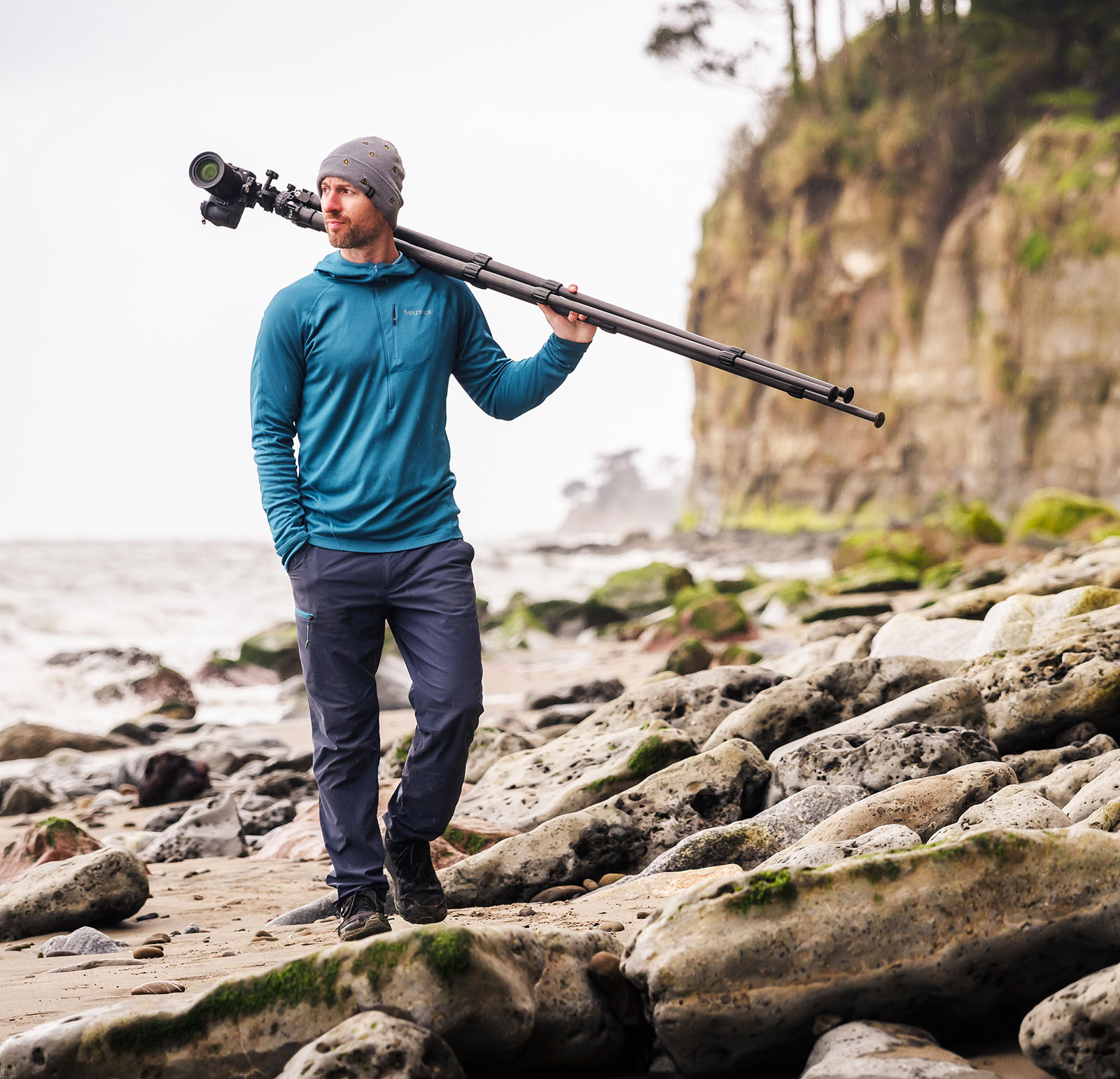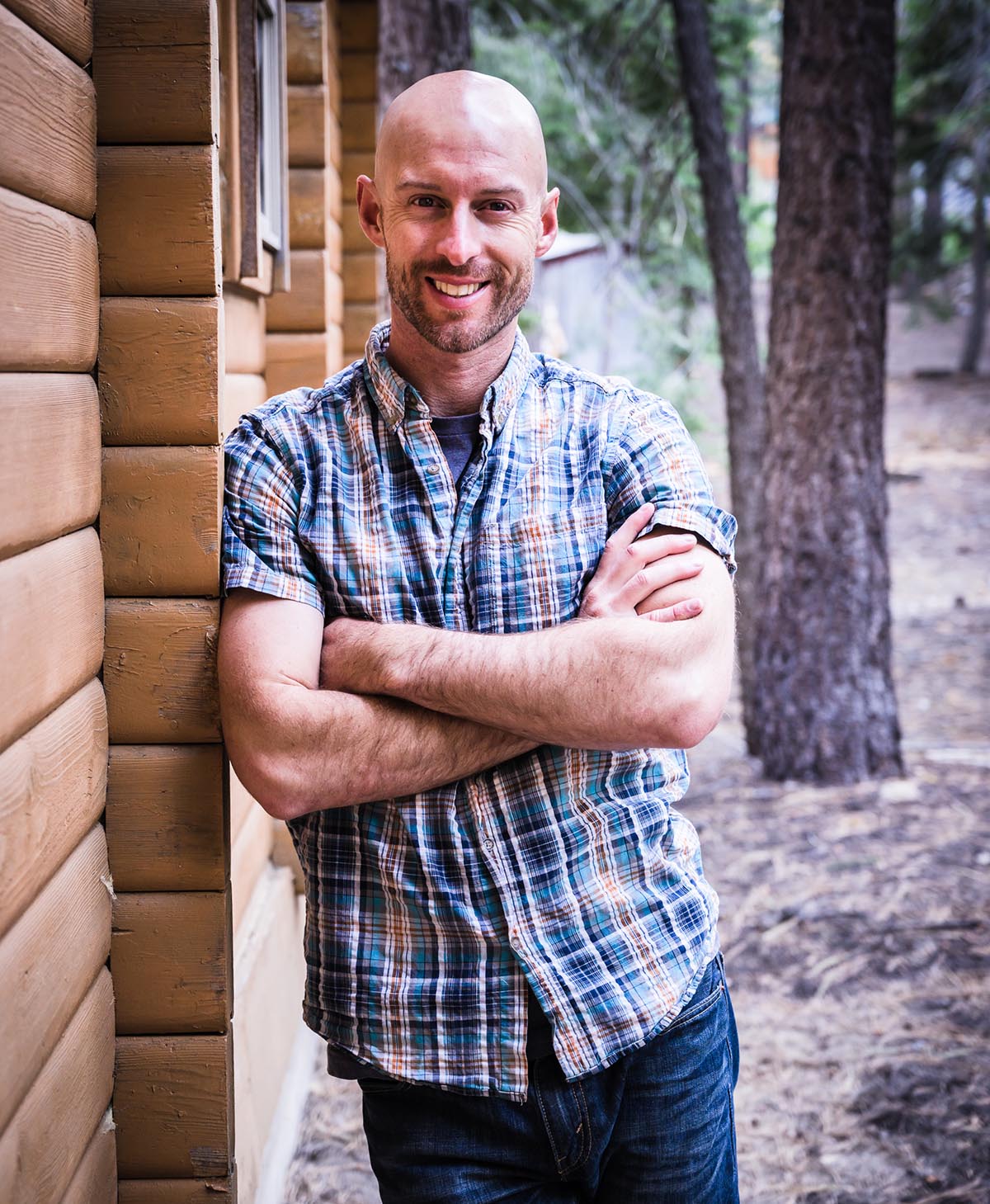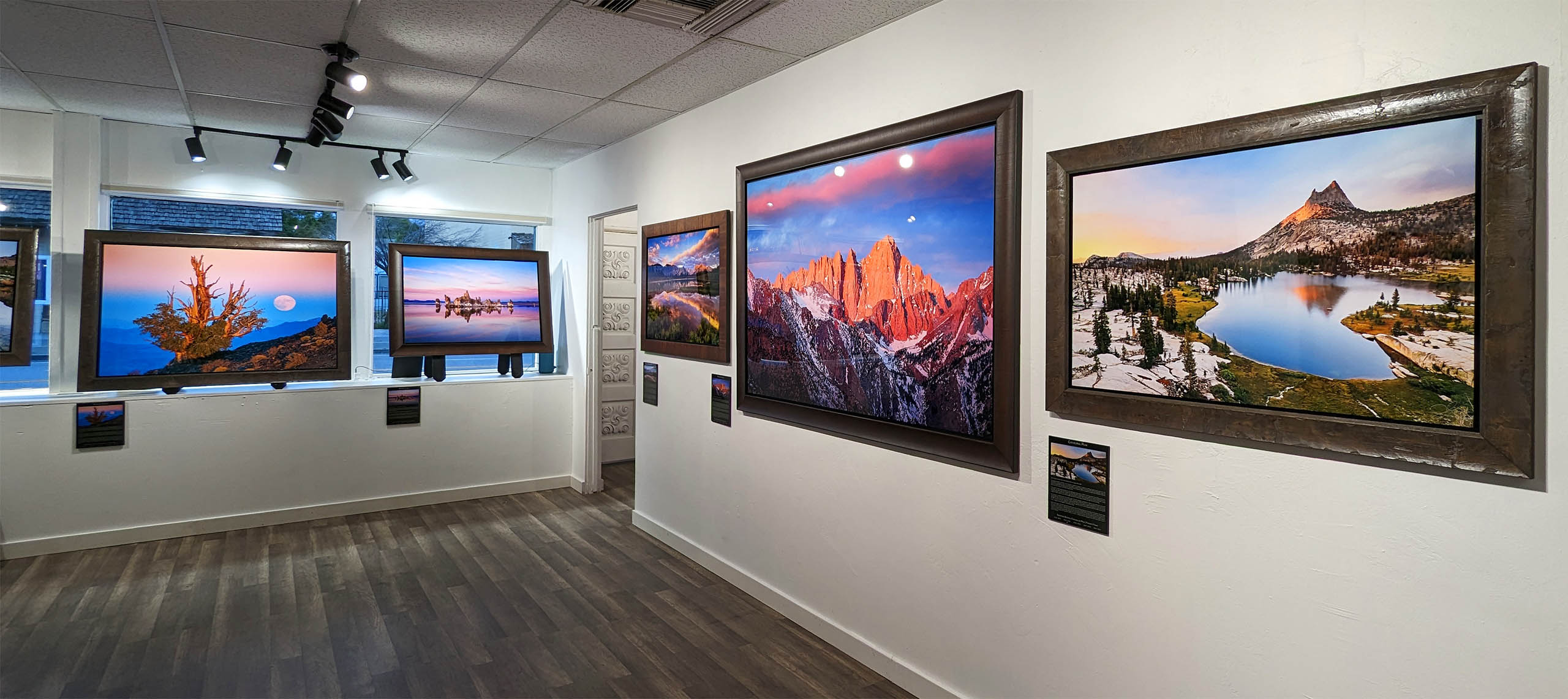Location, location, location! The number one rule for real estate is also true for photography.
I’m fond of saying that a killer photo needs 4 elements to be successful: a fascinating subject, a compelling composition, impeccable camera technique, and beautiful light. Now, composition skills can be developed, settings can be learned, and light can be chased. But how do you find a subject, the true meat and potatoes of your photo? Here are a few tried and true techniques I’ve used to discover great spots for photography.
First of all, the easiest and most obvious way is to connect with other photographers. Whether that’s an online community like 500px, a FB group for wildflower hunters, or your local camera club, getting active in a photo community will let you reap many rewards. You’ll see photos from amazing places and learn where the locations are. You’ll find friends to plan trips with. And you’ll even get tips on when the best times to shoot certain spots are.
I had heard from friends that Badwater Basin in Death Valley National Park was flooded so I jumped in the car and drove out to see it for myself! Now, this is great if you want to shoot known locations, but what if you’re keen to find your own places to shoot? Well then…
The easiest way to start finding your own locations is to simply explore further afield in a known photo hot spot. For example, Yosemite is a world-class scenic destination, and you can probably name the top 5 photo locations off the top of your head. But because 95% of photographers will only ever visit those iconic spots, if you’re willing to walk a mile further down the trail, follow a cascade deeper into the forest, or find out what the view is like from the top of a dome, I can all but guarantee that you’ll find jaw-dropping -yet totally unique- shots.
So the next time you find yourself in a well-known location, be willing to wander off over the next hill to see what you find.
You can also discover photo locations by simply letting curiosity and random chance guide you. Turn down a random dirt road and see where it goes, follow a new trail, or even drive a new route to the grocery store. You truly never know when that sweet shot is going to jump out at you.
One particular photo only exists because I followed forest service roads to the top of a small mountain on a whim. Then on the way back down I spied a patch of engaging manzanita. And this area I stumbled upon purely by dumb luck: while driving the highway I saw a dirt road that wandered toward some interesting rocks.
When I’m exploring a new area I love to ask the locals “what’s your favorite off the beaten path hike, or your favorite special place?” It’s a great way to escape the crowds and find your way to locations you’d never otherwise know about.
For example, there’s a cool little slot canyon in Zion NP a ranger told me about. And another shot is from 5 Torri in the Dolomites, a place I only visited because I asked an Italian photographer what his favorite areas to shoot were.
For more remote areas I often spend hours poring over detailed topo maps looking for interesting features. For the more tech-minded, Google Earth is another great option for exploring an area in advance. Then when I see something that looks promising (such as a mountain, a lake, a river, a canyon, or even an interesting pattern in the ground) I turn to Google image search and type in the name of whatever I found.
Even if only a few hardy hikers or fisherman have been to the place their snapshots give me a huge amount of pre-scouting information such as the terrain, the main features of the area, possible compositions, and even the direction of light at a certain time of day. And knowing all this gives me a great advantage over exploring an area completely blind (though I’ll admit it does take some of the fun out of pure discovery).
When you go out searching for locations to shoot be prepared that you won’t always find something amazing. But you will find something new. And that fun of discovery carries its own reward.


Joshua Cripps is a renowned landscape photographer who has garnered worldwide acclaim for his breathtaking images of our planet’s wild places. His photos have been published by the likes of National Geographic, NASA, CNN, BBC, and Nikon Global.

The Mt. Whitney Gallery was founded in 2023 by Joshua Cripps as a way to share his passion stunning landscapes of the Sierra Nevada and beyond.
Set at the foot of the breathtaking Sierra with a view of the range’s highest peaks, the gallery features large format, museum-caliber fine art prints of Josh’s signature photographs.
Course Login | Results Disclaimer | Terms and Conditions | Privacy Policy
© Copyright – Joshua Cripps Photography
